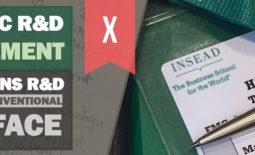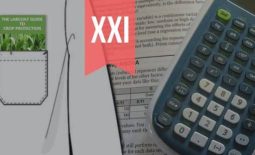Strategic R&D Management VI: How to develop Inclusive Management Frameworks for Strategic R&D
In the previous article in the series on Strategic R&D Management in AgChem and BioScience, I wrote about Managing Innovation Processes in R&D. In this fifth article of the series, I write on Inclusive Management Frameworks for Strategic R&D.
If this article provides value, please consider liking and sharing. Your feedback is invaluable, and helps new readers discover my work!
A key issue in Crop Protection R&D is the mediation of biology-based strategies to conventional (chemical)-based decision-makers.
Crop protection biologists have a unique opportunity to mediate an understanding of the drivers of biologicals efficacy, and to ensure their implementation in the development of commercial strategies.
For many conventional companies, this can be achieved through the implementation of Inclusive Strategic R&D Management frameworks.
To ensure the inclusion of expert biological knowledge into R&D and business strategies, it is necessary to evaluate the company’s strategic framework and to consider implementing some degree of change management.
Traditionally, crop protection companies have favoured incremental, product-orientated development.
Management levels have been responsible for defining the company’s vision and strategy and for communicating this strategy in a “top-down” or “management-down” framework.
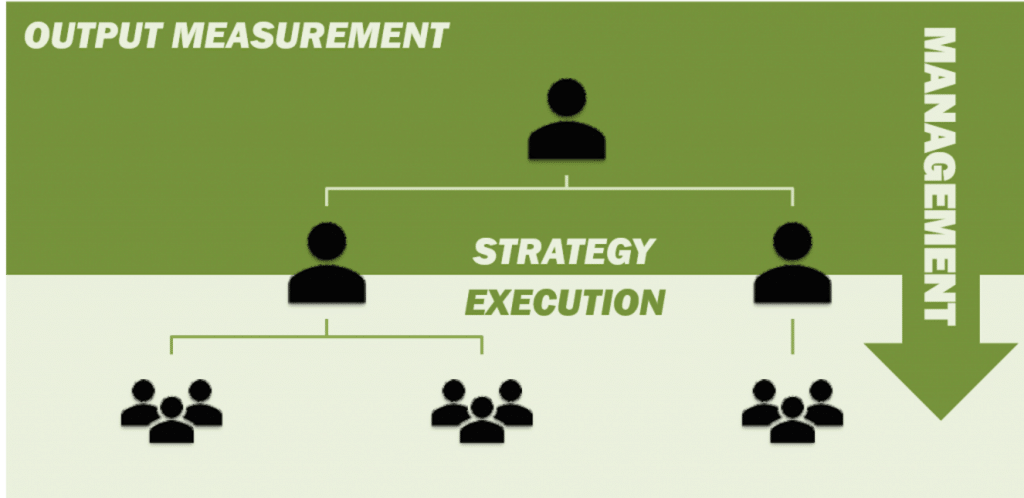
Figure 1: Top-down management framework.
In this framework, execution of the strategy is carried out by the “down” or “expert” level. This level typically has the greatest customer or end-user contact, and receives important information necessary for product development.
Conventional output-based project management tools and evaluations (e.g. Key Performance Indicators, KPI) are considered appropriate for incremental, product-orientated development frameworks, and are especially relevant for the “top” or management team (who after all are responsible for product output).
When companies disrupt their core business and introduce innovation projects, it may become necessary to revise this development framework.
An inclusive (input-based), iterative R&D Management framework and input-based evaluation can be introduced for innovation projects, to maximise the learning process while motivating the “down” or “executing” team.
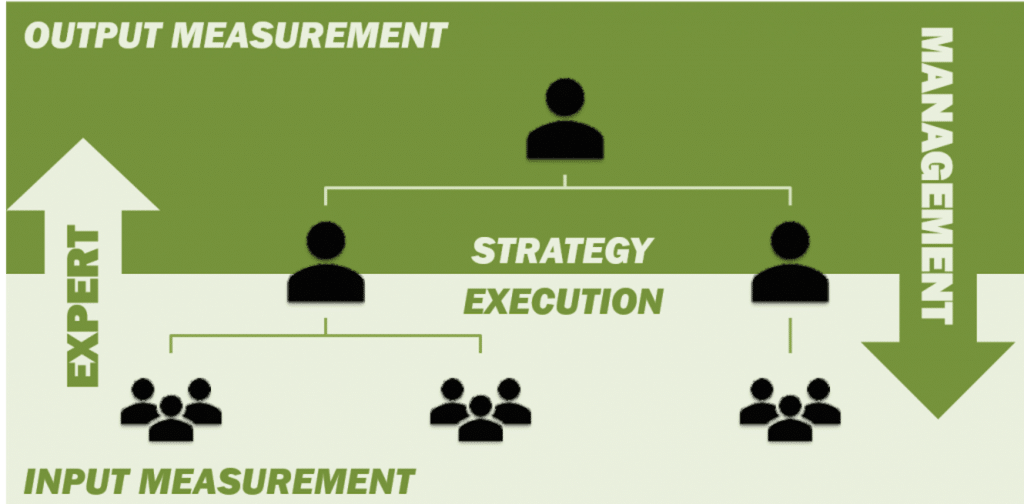
Figure 2: Inclusive management framework.
An example of an iterative, input-based inclusive development framework is Fair Process Management (FPM) – a process developed by INSEAD (Blue Ocean Strategy) to facilitate inclusion of Execution (bottom-up) into Strategy (top-down) by creating individual buy-in at the beginning of the process.
The objective of Fair Process Management is to optimise strategic decisions by management (the “up” team) as well as commitment from those involved in execution (the “down” team).To facilitate the implementation of an input-based, iterative development framework (Figure 2), it is necessary to ensure open communication at the critical interface between strategy (vision) and execution.
For the development of biology based products, this requires the “buy-in” and inclusion of biology experts for strategic decisions, to the same level as chemists and chemical engineers who drive strategic decisions for conventional products.
“Great things in business are never done by one person. They’re done by teams of people. ”
– Steve Jobs
The objective is to provide an inclusive, iterative development framework to promote independent innovation initiatives and autonomous strategic biological input – “Frame Strong, Manage Light”.
To achieve this, biological development groups should not function as support functions, but should be elevated to an increased strategic responsibility within conventional crop protection companies (Figure 3, left).
For companies investing heavily in biologicals development, it may be necessary to radically restructure the organisation of the company (Figure 3, right) to adapt to the requirements for both incremental and iterative development frameworks.
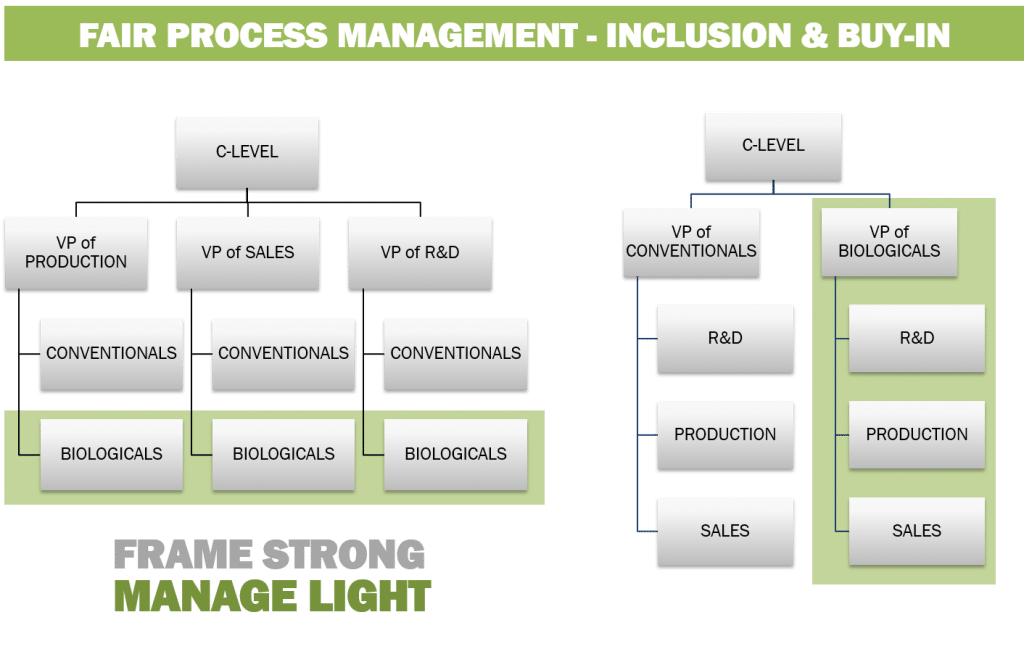
Figure 3: Organisational frameworks for the integration of biologicals into conventional crop protection organisations.
A radical reorganisation makes even more sense when we consider the economical and temporal differences between conventional and biological crop protection development.
For conventional chemistries, development times can be three times longer than for biological crop protection development, while expenses may be as much as 10 times greater.
Because of these differences, start-ups and other smaller, innovative companies have created a powerful and competitive environment for biopesticide R&D.
These small companies face a challenge in competing with incumbent agrochemical technologies, when attempting to convince risk-averse growers to transition to this emerging technology, but also with respect to the economic requirements for efficacy testing, registration and distribution.
Current acquisitions, collaboration- and licensing agreements bear witness to the ongoing symbiosis in the crop protection market, and the need for Inclusive Strategic R&D Management frameworks as well as the mediation of biology-based strategies to decision-makers is greater than ever before.
In the seventh article in this series on Strategic R&D Management in AgChem and BioScience, I write on Leading Innovation in R&D teams.
_
Thanks for reading – please feel free to read and share my other articles in this series!
The first two books in the LABCOAT GUIDE TO CROP PROTECTION series are now published and available in eBook and Print formats!
Aimed at students, professionals, and others wishing to understand basic aspects of Pesticide and Biopesticide Mode Of Action & Formulation and Strategic R&D Management, this series is an easily accessible introduction to essential principles of Crop Protection Development and Research Management.
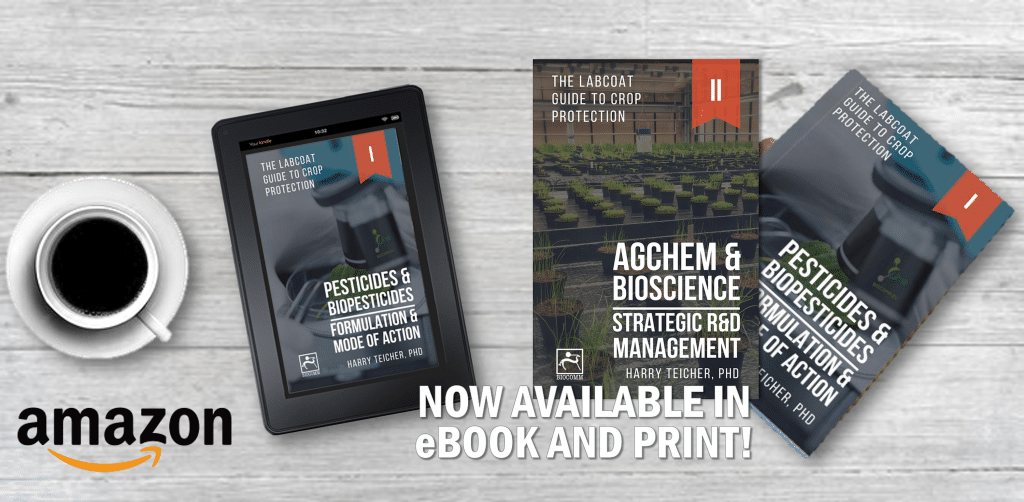
A little about myself
I am a Plant Scientist with a background in Molecular Plant Biology and Crop Protection.
20 years ago, I worked at Copenhagen University and the University of Adelaide on plant responses to biotic and abiotic stress in crops.
At that time, biology-based crop protection strategies had not taken off commercially, so I transitioned to conventional (chemical) crop protection R&D at Cheminova, later FMC.
During this period, public opinion as well as increasing regulatory requirements gradually closed the door of opportunity for conventional crop protection strategies, while the biological crop protection technology I had contributed to earlier began to reach commercial viability.
I am available to provide independent Strategic R&D Management as well as Scientific Development and Regulatory support to AgChem & BioScience organizations developing science-based products.
For more information, visit BIOSCIENCE SOLUTIONS – Strategic R&D Management Consultancy
_
Harry Teicher is the founder of BIOSCIENCE SOLUTIONS and an Authorpreneur, providing organizations with Strategic- and Project Management as well as Development & Communication solutions. He is an Administrator of the INSEAD Strategic R&D Management Alumni Network LinkedIn group. Follow him on Linkedin, Twitter and Facebook.


